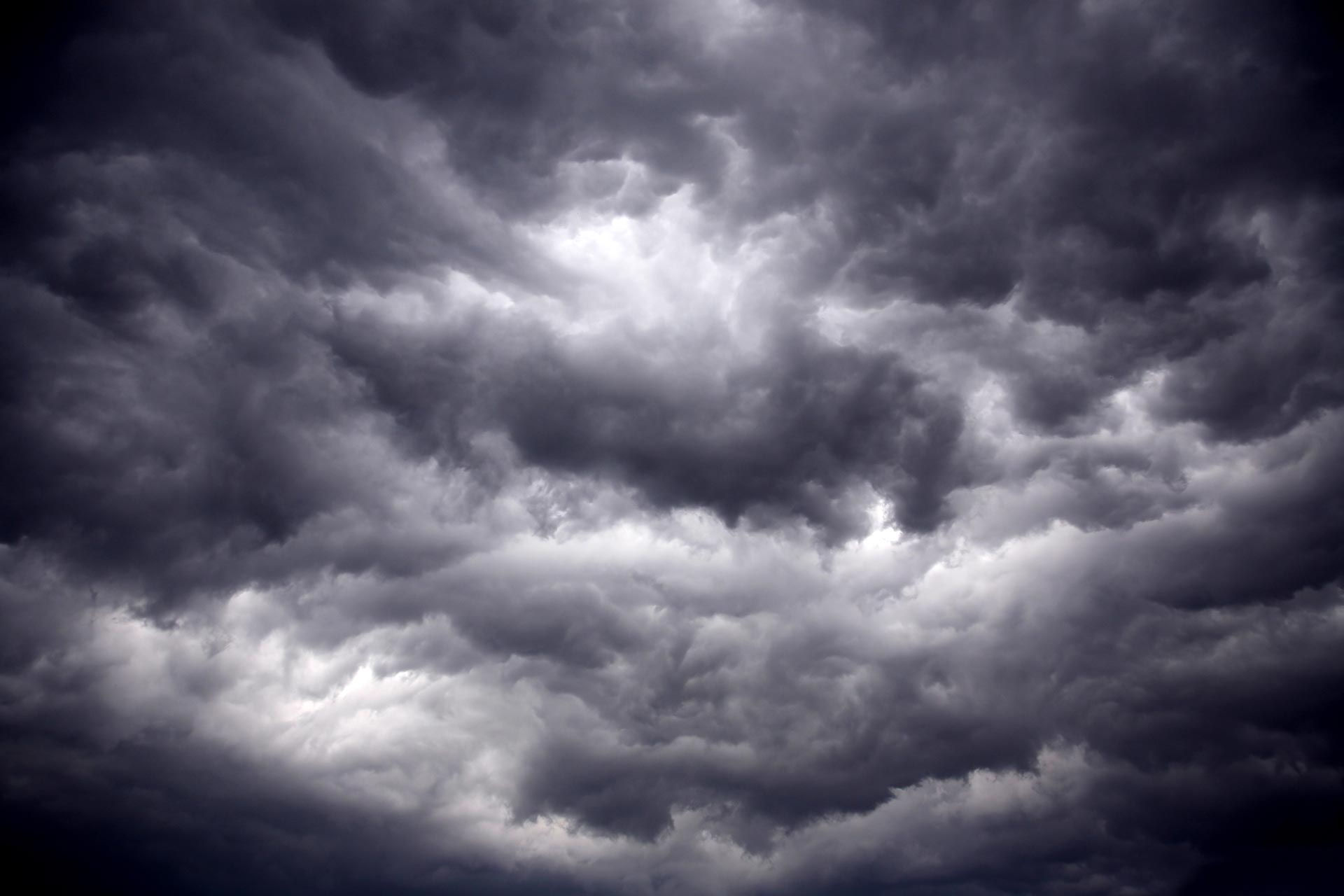HERE COMES THE RAIN...
- terryswails1
- Nov 4, 2022
- 4 min read
We were blessed with another sensational November day Thursday. For many, the third consecutive day with highs in the 70s, within a degree or two of records. From what I can see, this is the second warmest start to November. Only 1938 was a shade warmer. You can see how widespread the warmth was Thursday at 2:00pm with a 71 as far north as Marquette, Michigan on the shore of Lake Superior.

Although the southeast may see another 70 degree day Friday, for all practical purposes we are in the process of disposing of this round of Indian Summer. The focus now turns to a potent November storm that will be a heavy rain maker, especially in the NW third of my area where totals of 2 to 3 inches look likely.
A SUPER SOAKER FOR SOME
For the past 24 hours, guidance has been staunch regarding the development of a strong storm system capable of producing significant rain. The event is tied to a potent upper-level trough exiting the southern Plains. The associated surface low develops in Oklahoma Friday and then experiences rapid deepening as it moves towards Iowa.

A rich tongue of moisture is advected into the system allowing water vapor to approach 1.50 inches. That's over 90 percent higher than what's typical for early November.

Rain gets underway Friday morning but is likely to increase in coverage and intensity as dynamics and forcing increase later in the day, especially Friday night.
One of the challenging aspects of the storm will be its ability to take on a negative tilt thanks to its rapid deepening and phasing with the mean trough approaching from the west. This allows the surface low to turn more to the north and travel right over eastern Iowa, almost due north for a time. That trend means the heavy rain axis has shifted some to the northwest. Now it appears the maximum lift and dynamics have aligned in such a way that the maximum rain axis falls near and NW of a line from Sigourney and Cedar Rapids to roughly Dubuque. It's possible that if the storm undergoes even further strengthening that could line could end up even further to the northwest.
With a 140kt upper air jet and a 45-50kt low level jet working in conjunction, intense forcing will create linear bands of very heavy rain. These swaths will be narrow but localized, with rainfall amounts up to 4 inches possible within the broader heavy rain band itself.
Rainfall is likely to taper off considerably as you go southeast due to the effects of a dry slot which follows the track of the surface low into eastern Iowa. Showers and thunderstorms are still expected but they will be shorter in duration than the onslaught of rain that pounds my northwest counties extending back into central Iowa. Amounts southeast of the Quad Cities may not be much more than 1/2 inch in spots with the dry slot limiting access to moisture.
Another little twist to watch Friday is the chance of some isolated and brief (high shear, low CAPE) tornadoes. Instability is far from impressive. That results in small CAPE but 0-3 km shear looks more than sufficient for rotation in any respectable updraft that can form. The low level jet will need to be watched Friday to see if this potential can be realized. If so a few brief spin-ups are possible. Typically these are weak and chances are small, but it is a threat worth mentioning. The 3k NAM does show updraft helicity tracks indicating the path of rotating thunderstorms.

The EURO also shows an impressive lightning flash density Friday morning and early afternoon coincident with the increasing low level jet. If nothing else thunderstorms are likely.

Getting back to rain, here's what the latest models are suggesting for rainfall totals for the storm.
The EURO

The GFS

The National Model Blend.

One other little tid-bit to watch to our west is the dynamic cooling that is indicated with the deepening storm. Several models mix or even change the rain to snow late Friday night or Saturday morning. Some parts of central and western Iowa could see some minor slushy accumulations. Confidence is low if thermal parameters can cool enough at the surface to get much in the way of snow, especially anything that can accumulate. My area will avoid the snow threat. Here's what several models are indicating for potential accumulations out to the west.
The National Model Blend

The EURO

The GFS

Following the storm, the western trough where this system originated reloads early next week. After a modest cool down to seasonal levels Sunday through Tuesday, another potent system wraps up bringing a new slug of mild air next Wednesday and Thursday with highs in the 60s, maybe 70 in spots. However, a strong cold front with the potential for showers and thunderstorms blows through Thursday night. That is the one that brings a sharp cool-down to the region around November 11th. However, before that happens there's lots of weather to come. The times they are a changing. Roll weather...TS.
















Comments